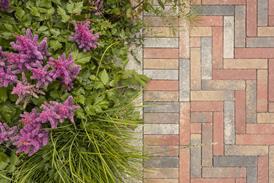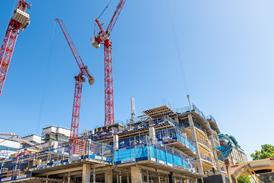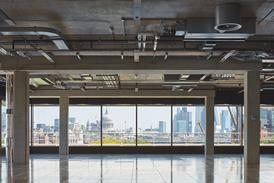- News

All the latest updates on building safety reformRegulations latest
- Focus
- Home
- News
- Focus
- Comment
- Events
- CPD
- Building the Future
- Jobs
- Data
- Subscribe
- Building Boardroom
From the archives: Building reviews Peckham Library, 1999
By Tom Lowe2025-07-16T06:00:00

Source: Roderick Coyne / Alsop Arch
Alsop & Störmer’s Stirling Prize-winning library is given a rave review by Building’s impressed, if slightly confused, architecture critic
Few buildings in London are as baffling as Peckham library. Designed by Will Alsop and Jan Störmer, it actively set out to confound passersby with its playful and almost random assemblage of features. Its eccentric upside-down shape, its wonky columns and the charming red “beret” on its roof were designed, in the interests of promoting literature, to persuade locals to have a look inside, even if just out of curiosity.
…
Already registered? Login here
To continue enjoying Building.co.uk, sign up for free guest access
Existing subscriber? LOGIN
Stay at the forefront of thought leadership with news and analysis from award-winning journalists. Enjoy company features, CEO interviews, architectural reviews, technical project know-how and the latest innovations.
- Limited access to building.co.uk
- Breaking industry news as it happens
- Breaking, daily and weekly e-newsletters
Get your free guest access SIGN UP TODAY

Subscribe now for unlimited access
Subscribe to Building today and you will benefit from:
- Unlimited access to all stories including expert analysis and comment from industry leaders
- Our league tables, cost models and economics data
- Our online archive of over 10,000 articles
- Building magazine digital editions
- Building magazine print editions
- Printed/digital supplements
Subscribe now for unlimited access.
View our subscription options and join our community


















